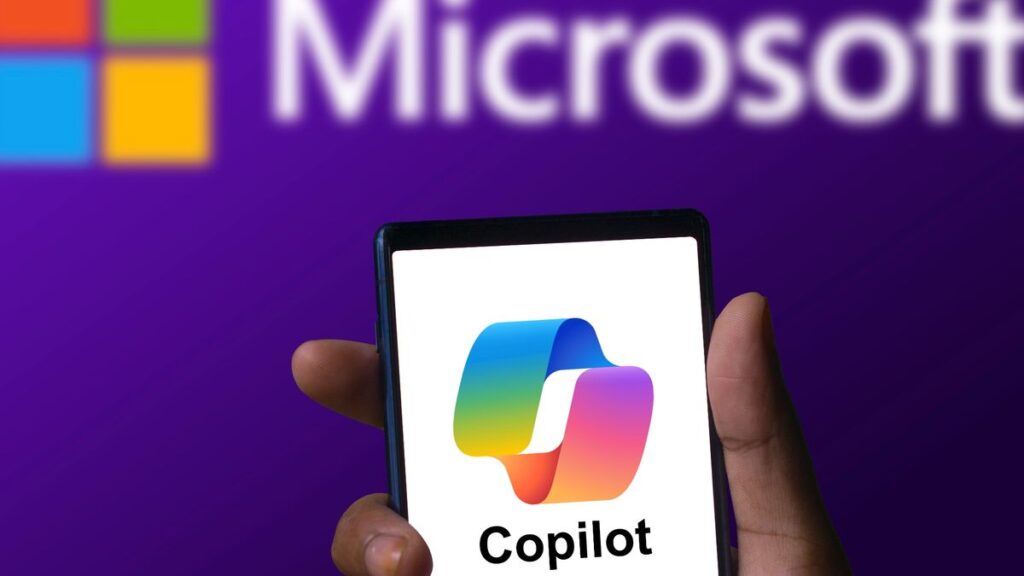Microsoft has just announced the launch of Co-pilot visionan innovative feature for its Edge browser. Currently available in limited preview to select Copilot Pro subscribers in the United States, Copilot Vision represents a major step forward in browser-based AI assistance.
This feature allows Microsoft Copilot to not only browse the web with you, but also interpret and interact with the content on your screen. This will definitely improve the web browsing experience, making it more personal and dynamic.
What is Copilot Vision?
Copilot Vision brings contextual AI capabilities to your web browsing. Unlike previous iterations of AI tools that rely on user queries and preloaded data, this new feature allows Microsoft’s AI assistant to analyze live web pages in real time. Imagine yourself buying the best offerssearch for complex topics or simply follow the news, while Copilot Vision offers you relevant information personalized based on the content of your screen.
For example, if you read a product reviewCopilot Vision can compare similar items, highlight key specifications, or even find better prices across the web. If you’re skimming an article, AI can summarize important points or clarify technical jargon that might otherwise be difficult to understand. This seamless interaction turns browsing into a collaborative effort, streamlining workflows and saving time.
How does Copilot Vision work?
Currently, Copilot Vision is still in preview but will be part of the Copilot Pro suite of tools for $20 per month. The subscription provides priority access to premium AI features and the latest models, improving creativity and productivity in Microsoft applications.
To enable Copilot Vision, users must grant the AI permission to access and analyze the content of their web pages. This feature is built directly into the Edge browser and integrates with Microsoft’s broader Copilot ecosystem. Once enabled, Copilot Vision can display text, images, and multimedia, offer suggestions, answer questions, and even generate actionable insights based on your browsing activity.
Another strong point is the ability to provide contextual recommendations. For example, when you browse a travel website, Copilot Vision can suggest alternative destinations, calculate travel costs, or even compare hotels based on your preferences, all in the same browsing session. These capabilities make Copilot Vision a versatile tool for both casual users and experts.
What about privacy?
Microsoft has taken significant steps to ensure that Copilot Vision meets strict privacy and security standards. Since the feature works on an opt-in basis, users have full control over when and how Copilot interacts with their browsing data. During the preview phase, Copilot Vision is limited to a select group of websites, minimizing risk and providing a controlled environment for testing.
Additionally, Copilot Vision does not store or reuse data from visited web pages. AI interactions are limited to the immediate session and do not contribute to broader model training.
The future of navigation is here
Microsoft’s Copilot Vision marks a turning point in AI-assisted navigation. By combining advanced reasoning models with real-time web interaction, this feature has the potential to transform the way users navigate the Internet. Whether you’re a casual user looking for smarter recommendations or a professional looking to streamline your workflow, Copilot Vision promises to make navigation more intuitive, efficient and engaging.
For now, Copilot Vision is in its early stages, so we’ll have to see how it compares to Claude and other rivals. As the feature rolls out to more users, it could very well become the cornerstone of Microsoft’s AI strategy, setting a new standard for how artificial intelligence interacts with the Web.
As Microsoft continues to refine Copilot Vision, its competitors are also working to improve their own AI offerings. Googlefor example, develops similar functionalities for Chromiumaiming to integrate its Gemini AI directly into the browser experience. However, Microsoft’s early efforts to implement AI-driven web browsing give it a clear advantage for now.


